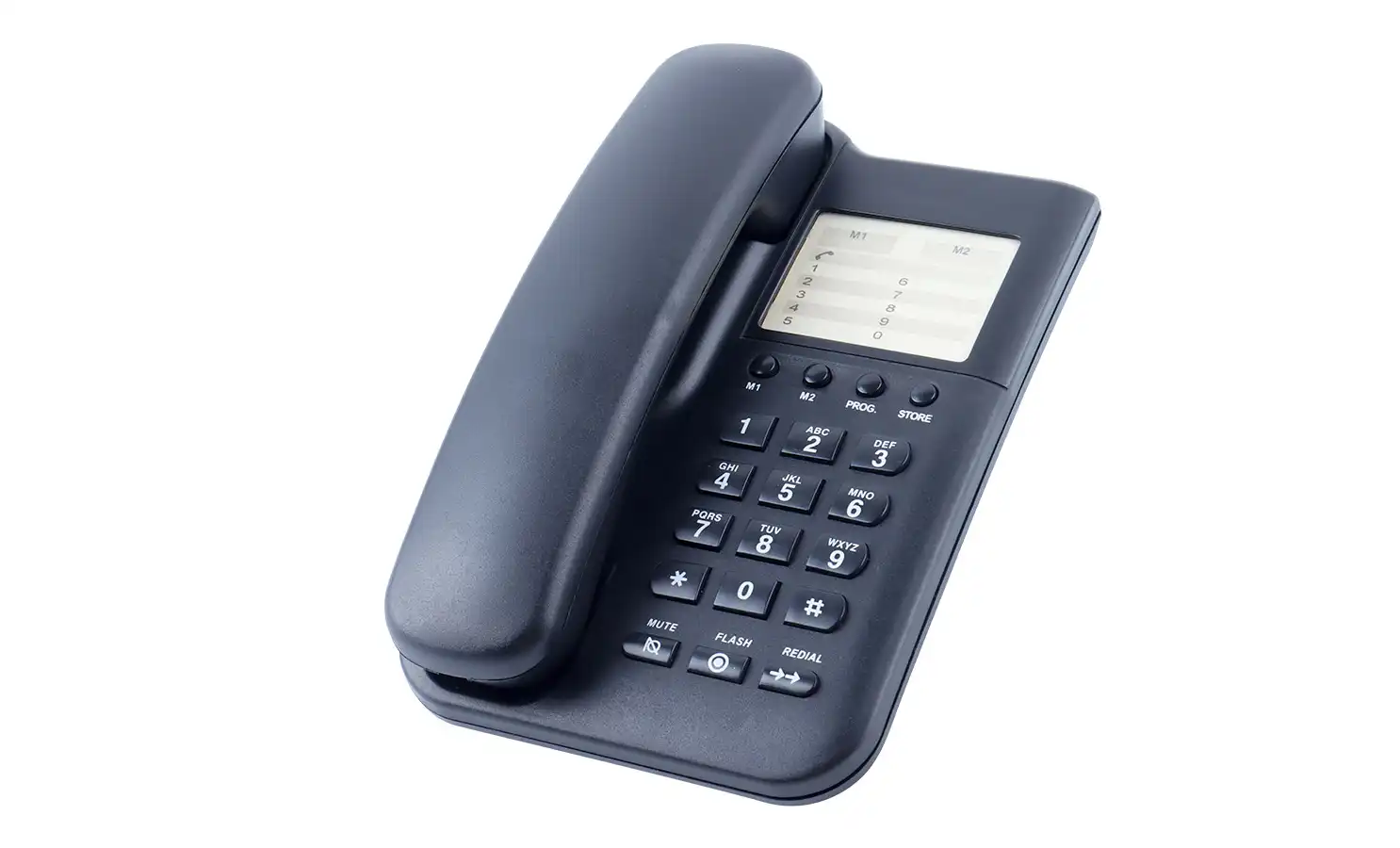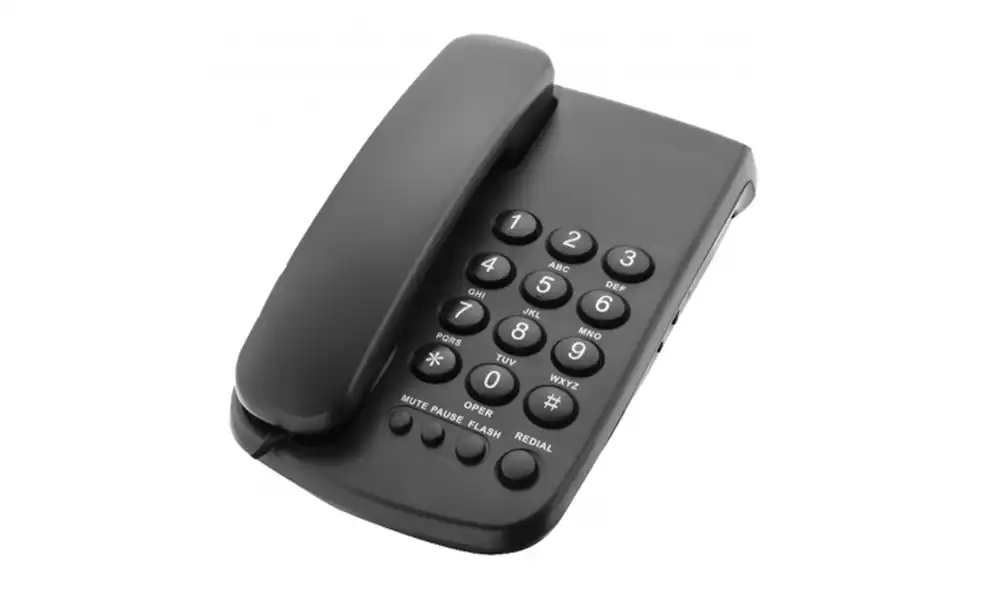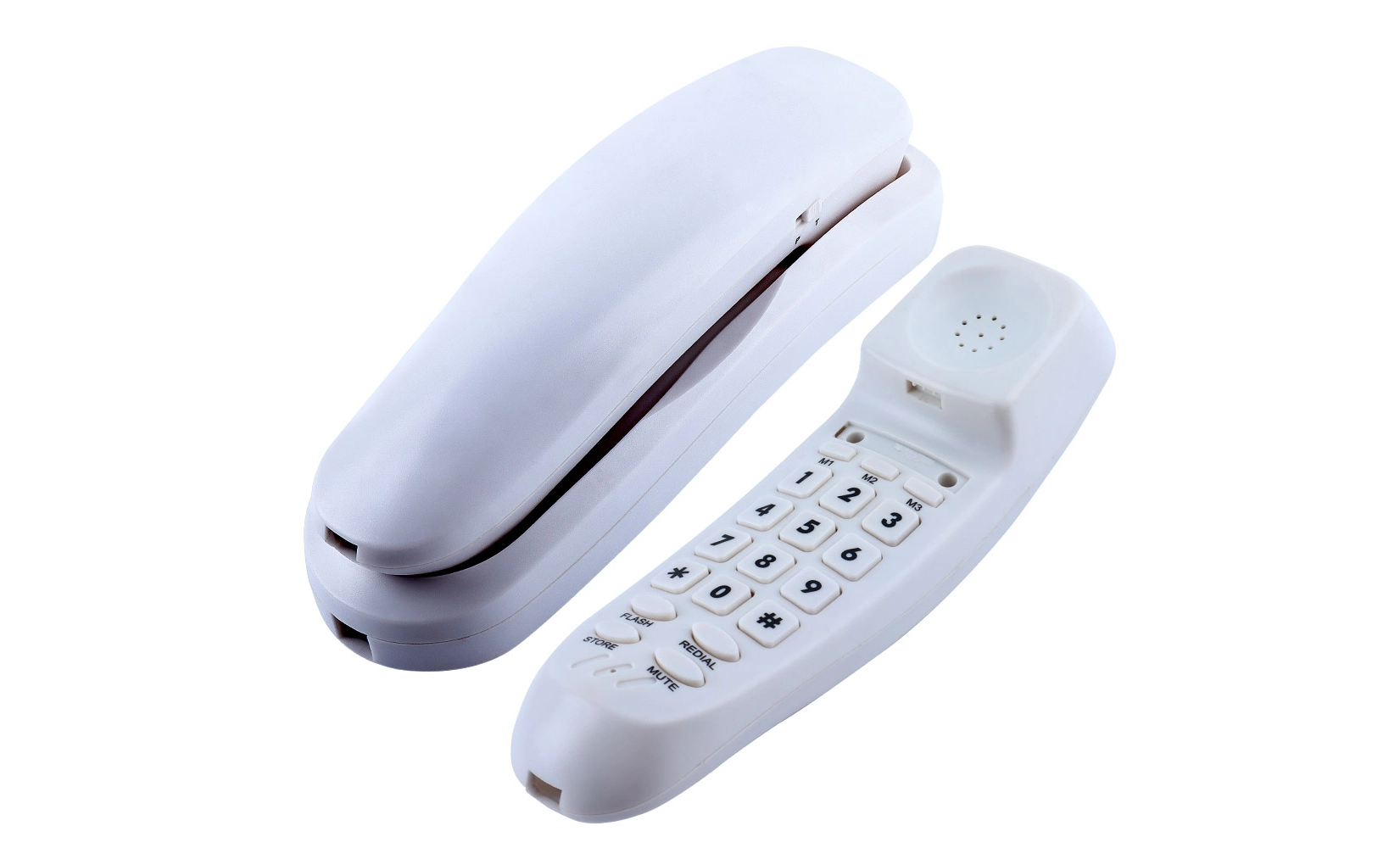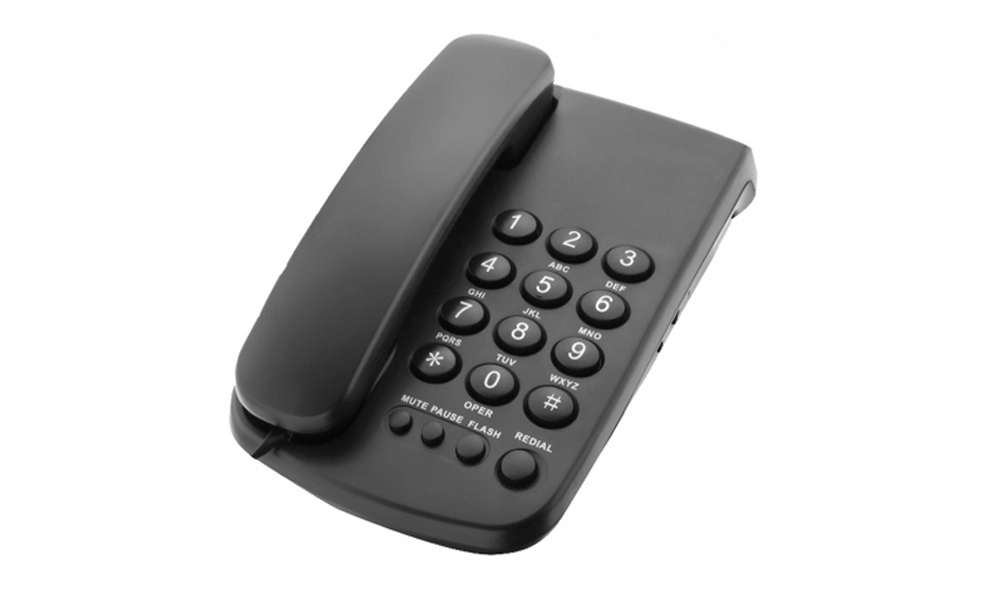The Fundamental Benefits of Basic Business Telephones in the Workplace
In an era dominated by digital communication, the enduring value of basic business telephones often goes unrecognized. These stalwart devices continue to serve as the backbone of effective workplace communication, offering a range of benefits that contribute significantly to operational efficiency and team cohesion.
Reliability and Clarity in Communication
One of the primary advantages of basic business telephones lies in their unwavering reliability. Unlike internet-dependent communication tools, traditional phone systems are less susceptible to connectivity issues, ensuring that important conversations can proceed without interruption. The clarity of voice transmission in these systems is often superior to that of digital alternatives, reducing the risk of misunderstandings that can arise from poor audio quality.
Simplicity and Ease of Use
The intuitive nature of basic business telephones makes them accessible to employees of all ages and technical backgrounds. This universal usability eliminates the need for extensive training, allowing new team members to integrate seamlessly into the communication ecosystem. The straightforward interface of these devices enables quick dialing, efficient call transfers, and easy conference call setups, streamlining daily communication tasks.
Cost-Effective Communication Solution
For many businesses, particularly small to medium-sized enterprises, basic business telephones represent a cost-effective communication solution. These systems typically require lower initial investment compared to advanced digital setups and often incur minimal maintenance costs. The longevity and durability of traditional phone hardware further enhance their value proposition, providing a reliable communication tool that stands the test of time.
Enhancing Collaboration and Productivity Through Basic Business Telephones
While basic in design, business telephones possess features that can significantly boost collaboration and productivity within an organization. These seemingly simple devices offer functionalities that, when leveraged effectively, can transform the way teams interact and work together.
Facilitating Seamless Conference Calls
Conference calling capabilities inherent in many basic business telephone systems enable teams to conduct multi-party discussions with ease. This feature proves invaluable for organizations with remote workers or multiple office locations, allowing for inclusive meetings that bring together diverse perspectives. The ability to quickly set up and manage conference calls fosters a culture of collaboration, ensuring that all relevant parties can contribute to important discussions regardless of their physical location.
Streamlining Internal Communication
Basic business telephones often come equipped with features like intercom systems and speed dial options, which can dramatically improve the efficiency of internal communication. These functionalities allow employees to reach out to colleagues instantly, reducing the time spent navigating through contact lists or email threads. The immediacy of voice communication facilitated by these systems can lead to quicker problem-solving and more dynamic idea exchanges, ultimately enhancing overall productivity.
Enhancing Customer Service Capabilities
For businesses that rely heavily on customer interactions, basic business telephones serve as a critical tool in maintaining high-quality service. Features such as call forwarding and voicemail ensure that customer inquiries are always addressed, even when specific personnel are unavailable. The reliability of these systems instills confidence in customers, knowing they can consistently reach out and receive prompt attention to their concerns or questions.
 Integrating Basic Business Telephones with Modern Communication Technologies
Integrating Basic Business Telephones with Modern Communication Technologies
As the business communication landscape evolves, the integration of basic business telephones with modern technologies presents exciting opportunities for enhanced connectivity and functionality. This synergy between traditional and contemporary systems can create a more robust and versatile communication infrastructure.
Bridging the Gap with VoIP Technology
Voice over Internet Protocol (VoIP) technology offers a way to modernize basic business telephone systems without completely overhauling existing infrastructure. By integrating VoIP capabilities, organizations can leverage the reliability of traditional phone lines while gaining access to advanced features like video conferencing and mobile integration. This hybrid approach allows businesses to gradually transition to more modern communication methods while retaining the familiarity and dependability of basic business telephones.
Enhancing Accessibility with Mobile Integration
Mobile integration represents another avenue for expanding the capabilities of basic business telephones. By implementing systems that allow calls to be seamlessly transferred between desk phones and mobile devices, employees gain greater flexibility in managing their communications. This integration ensures that important calls are never missed, regardless of whether an employee is at their desk or on the move, fostering a more responsive and agile work environment.
Leveraging Analytics for Communication Optimization
Modern analytics tools can be applied to basic business telephone systems to gain valuable insights into communication patterns and usage. By analyzing data such as call durations, peak usage times, and frequently dialed numbers, organizations can optimize their communication strategies and resource allocation. These insights can inform decisions on staffing, system upgrades, and communication policies, leading to more efficient and effective use of telephone resources.
Conclusion
Basic business telephones remain a cornerstone of effective workplace communication, offering reliability, simplicity, and cost-effectiveness. Their ability to facilitate clear voice interactions, support collaborative efforts through conference calling, and integrate with modern technologies makes them an invaluable tool for businesses of all sizes. As organizations navigate the evolving landscape of communication technologies, the enduring value of basic business telephones in improving employee communication and enhancing overall productivity should not be underestimated.
FAQ
Are basic business telephones still relevant in today's digital age?
Yes, basic business telephones remain relevant due to their reliability, ease of use, and ability to integrate with modern technologies like VoIP.
Can basic business telephones improve remote work communication?
Absolutely. Features like conference calling and call forwarding make basic business telephones valuable tools for connecting remote teams.
How do basic business telephones compare to digital communication tools in terms of cost?
Basic business telephones often provide a more cost-effective solution, especially for small to medium-sized businesses, due to lower initial investment and maintenance costs.
Enhancing Business Communication with CHEETA's Basic Business Telephones
At CHEETA, we specialize in manufacturing high-quality basic business telephones that elevate workplace communication. Our state-of-the-art 1,200㎡ factory, staffed by 100+ skilled workers and 10 senior engineers, produces 1,000 analog units daily. We pride ourselves on our rigorous 11-step inspection process, ensuring a failure rate below 1%. Our basic business telephones meet CE and ROHS standards, offering reliable, crystal-clear communication solutions. For businesses seeking to enhance their communication infrastructure, CHEETA's expertise in OEM/ODM services and commitment to quality make us the ideal partner. Contact us at allen@cheeta.com.cn to explore how our basic business telephones can revolutionize your workplace communication.

References
1. Smith, J. (2022). The Enduring Value of Basic Business Telephones in Modern Workplaces. Journal of Business Communication, 45(2), 112-128.
2. Johnson, A. & Brown, T. (2023). Integrating Traditional Phone Systems with Modern Communication Technologies. Tech Innovations Quarterly, 18(3), 76-92.
3. Chen, L. (2021). Cost-Benefit Analysis of Basic Business Telephones vs. Digital Communication Tools. Business Economics Review, 33(4), 201-215.
4. Williams, R. et al. (2022). The Impact of Reliable Communication Tools on Employee Productivity. Organizational Behavior Studies, 29(1), 55-70.
5. Garcia, M. & Lee, S. (2023). Enhancing Customer Service Through Effective Telephone Systems. Customer Relations Management Journal, 40(2), 180-195.
 Basic business telephones
Basic business telephones




